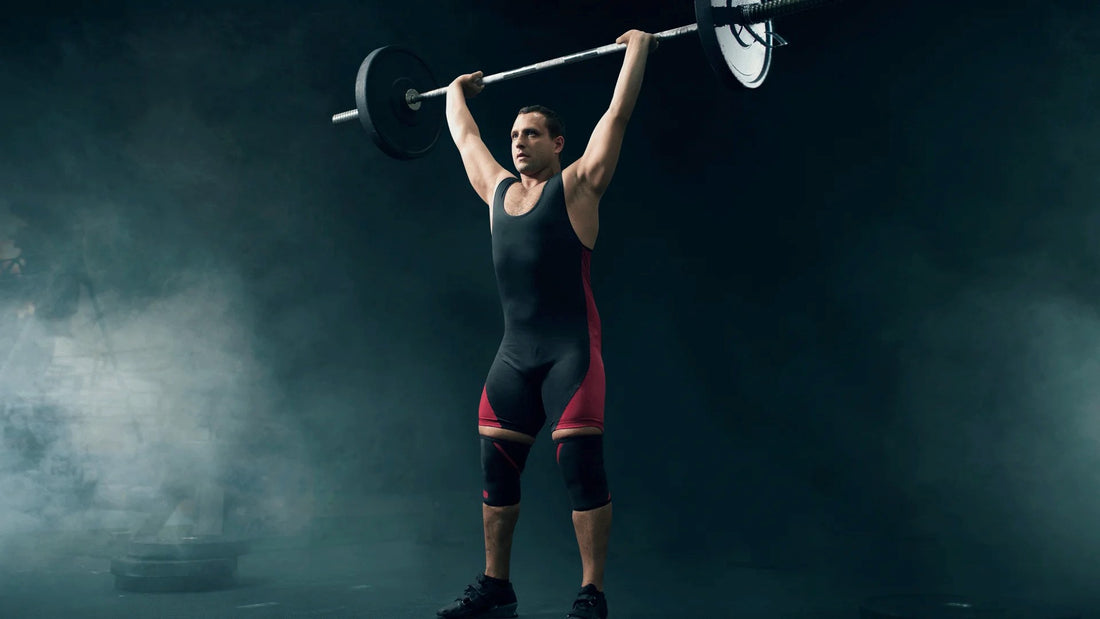
How tight should a weightlifting belt be? This is a question that every serious weightlifter, from novice to professional, must grapple with at some point.
Getting the tightness of your weightlifting belt just right can mean the difference between setting a new personal record and risking injury. This guide will help you understand the nuances and best practices to find the perfect fit for maximum gains.
The Importance of a Weightlifting Belt
Before we delve into the specifics of how tight your belt should be, let's first understand why using a weightlifting belt matters. A weightlifting belt is more than just an accessory; it serves several critical functions:
- Stabilization of the Core: A weightlifting belt helps stabilize the core, enabling you to lift heavier weights.
- Spinal Support: It provides essential support to your lower back and spine.
- Enhanced Performance: By increasing intra-abdominal pressure, a belt can considerably improve your lifting performance.
- Injury Prevention: Proper use of a weightlifting belt can prevent injuries related to heavy lifting.
Understanding Intra-Abdominal Pressure (IAP)
Intra-Abdominal Pressure (IAP) is the pressure within your abdominal cavity. A well-fitted weightlifting belt helps increase this pressure, offering better support to your spine and enhancing your overall lifting performance.
However, too much or too little tightness can lead to diminished performance and increased risk of injury. Hence, understanding the ideal tightness is crucial.
Finding the Right Tightness
The ideal tightness of a weightlifting belt generally falls between snug and moderately tight. However, personal preference, lifting style, and the type of lifts you're performing all play a role. Here's a step-by-step guide to help you get it right:
Step 1: Choosing the Right Belt
Before adjusting for tightness, ensure you have the right belt. Powerlifting belts (usually 4 inches thick and uniform in width) are different from general weightlifting or bodybuilding belts, which may taper down. Choose one that fits your lifting needs.
Step 2: Position the Belt Correctly
Position the belt so that it covers the lower back and abdomen without impeding movement. Generally, the belt should be worn just above the navel, sitting comfortably over the lower ribs and upper hips.
Step 3: Gradually Adjust Tightness
Wrap the belt around your waist and start tightening moderately. It should be tight enough to offer support but not so tight that it restricts your breathing or movement. A good test is to take a deep breath with the belt on; you should feel resistance but not pain.
Step 4: Testing and Fine-Tuning
After initial adjustment, perform a few warm-up lifts. Pay attention to how your core, back, and abdomen feel. If you experience discomfort, inability to breathe deeply, or restricted movement, adjust the tightness accordingly.

Practical Tips
Let's delve into some practical tips to help you dial in the perfect tightness:
- Adjust Between Sets: Don't hesitate to readjust your belt between sets. Tighten it up for heavy lifts and loosen it slightly for lighter sets or accessory exercises.
- Personalize for Lifts: Deadlifts, squats, and overhead presses each have different requirements. Your belt tightness might need slight adjustments depending on the type of lift you're doing.
- Check Belt Quality: Invest in a high-quality belt. Inferior belts may not offer uniform support, leading to inconsistent performance.
Signs You Need to Adjust Your Belt
Beyond comfort and performance, certain signs can indicate that your belt is too tight or too loose:
- Breathing Difficulty: If you find it hard to take a full breath, the belt is likely too tight.
- Lack of Support: Conversely, if you feel your lower back isn't getting enough support, it might be too loose.
- Skin Marks: Severe skin imprints or bruises can signify excessive tightness.
Conclusion
Getting the perfect tightness for your weightlifting belt is a fine balance between support and comfort. Through awareness and practice, you can find the ideal fit that enhances your performance while minimizing risk.
Remember, everyone's body and lifting style are unique. What works for someone else might not work for you. Take your time experimenting with different tightness levels to find what offers you the best support and performance.
Ultimately, a well-fitted weightlifting belt can be a game-changer in your lifting journey. So, invest the effort in finding the right tightness and enjoy safer, more effective workouts.





















